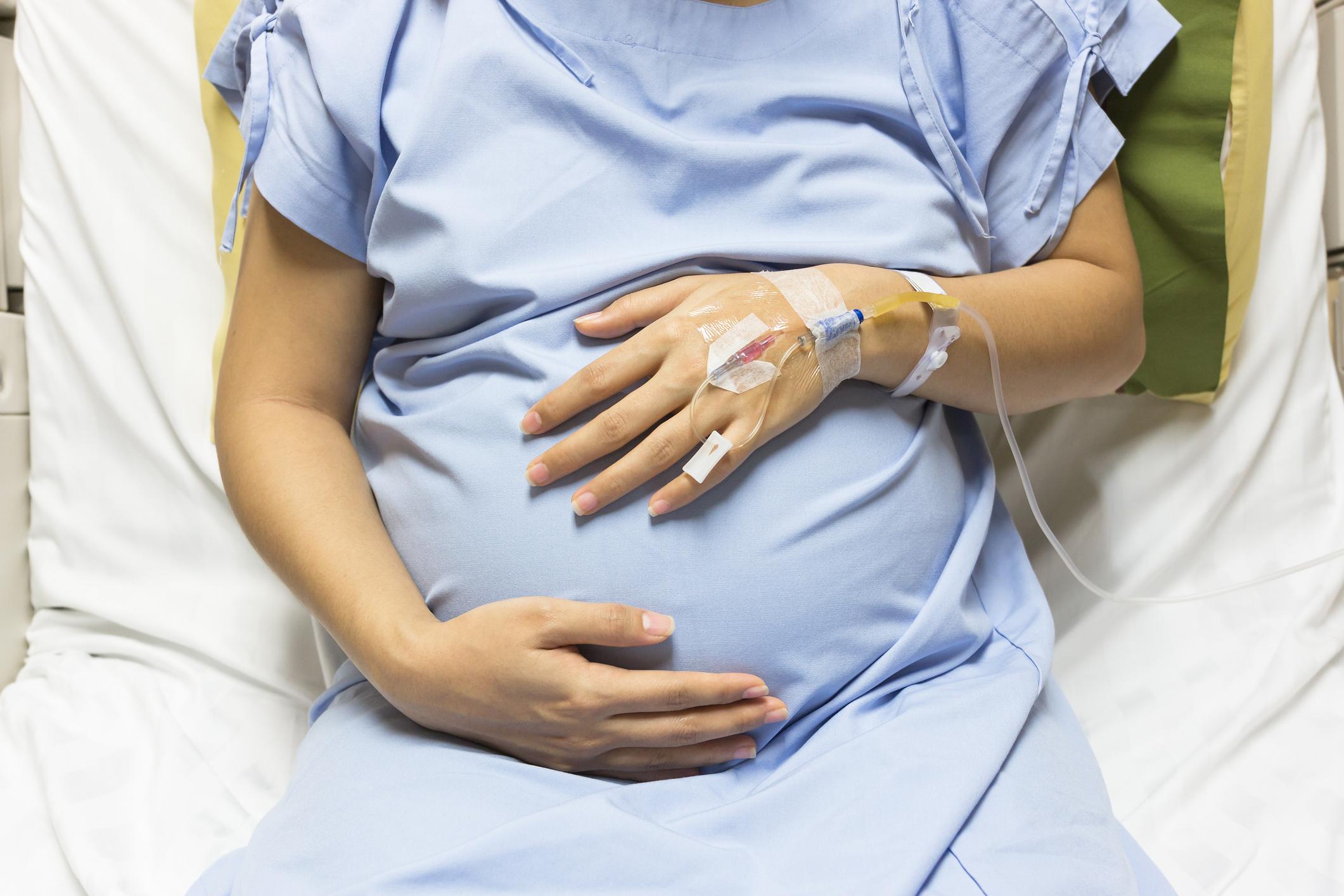Poor regions and countries in conflict are those with the highest maternal mortality rates, due to the lack of caregivers and appropriate care.

- Almost 70% of all maternal deaths were recorded in sub-Saharan Africa in 2020.
- The main causes of maternal death are severe bleeding, pregnancy-related infections and high blood pressure.
- In recent years, Venezuela, Cyprus, Greece and the United States have experienced a significant increase in maternal mortality.
The pregnancy remains “an extremely dangerous experience for millions of people around the world who do not have access to respectful and high-quality health care”, To alerted Doctor Tedros Adhanom Ghebreyesus, Director General of the World Health Organization (WHO), in a press release.
According a new United Nations report written by the WHOmaternal mortality has been reduced by a third in 20 years, but a woman still dies every two minutes in the world, due to complications related to her pregnancy or childbirth.
287,000 maternal deaths recorded in 2020
According to the document published this Thursday, February 23, a drop in the number of maternal deaths was recorded between 2000 and 2015. The global maternal mortality rate notably fell by 34.3% between 2000 and 2020, but these figures have largely stagnated since. Currently, Belarus has recorded the highest decline, while Venezuela, Cyprus, Greece and the United States have experienced the highest increase in maternal mortality.
In 2020, 287,000 women died during pregnancy or childbirth, or about one death every two minutes, compared to 446,000 in 2000. In the eyes of the authors of the press release, this is only a slight decrease compared to to the 309,000 deaths that occurred in 2016. “These new statistics show the urgent need to ensure that every woman and girl has access to essential health services before, during and after childbirth and the possibility of fully exercising their reproductive rights”warned Doctor Tedros Adhanom Ghebreyesus.
According to the statement, the number of maternal deaths has increased or stagnated in almost all regions of the world in recent years, except in Australia, New Zealand and Central and South Asia. An increase in the maternal mortality rate was observed between 2016 and 2020 in two of the eight United Nations regions: Europe/North America (+17%) and Latin America/Caribbean (+15%). It is mainly the poorest regions and areas affected by conflict that have experienced an increase in maternal mortality.
Maternal mortality: the majority of complications could be “avoided” or “treated”
In 2020, almost 70% of deaths were recorded in sub-Saharan Africa, where the maternal mortality rate is “136 times higher than in Australia and New Zealand”, said Dr. Jenny Cresswell, author of the report, at a press conference.
The main causes of maternal death are:
- severe bleeding;
- high blood pressure ;
- pregnancy-related infections;
- complications of unsafe abortions;
- underlying conditions that may be aggravated by pregnancy such as HIV/AIDS and malaria.
“Most of these complications appear during pregnancy and could be avoided or treated. Others, which existed before, worsen at that time, especially if they are not taken into account in the context of care”can we read in the statement of the WHO.
For the WHO and the United Nations, it is essential that pregnant women have prenatal check-ups and postnatal care to prevent these complications. “We can and must do better by investing urgently in family planning and closing the global shortage of 900,000 midwives”asserted Dr. Natalia Kanem, Executive Director of the United Nations Population Fund (UNFPA).















